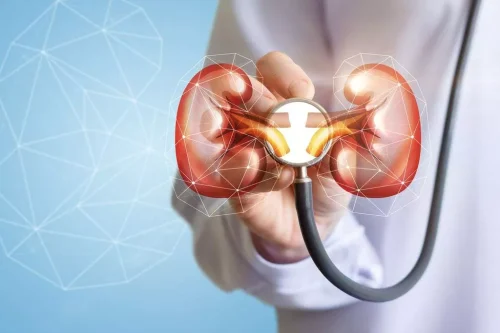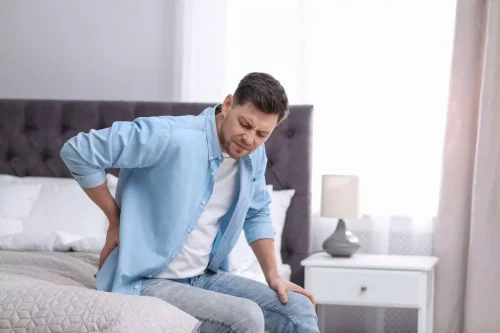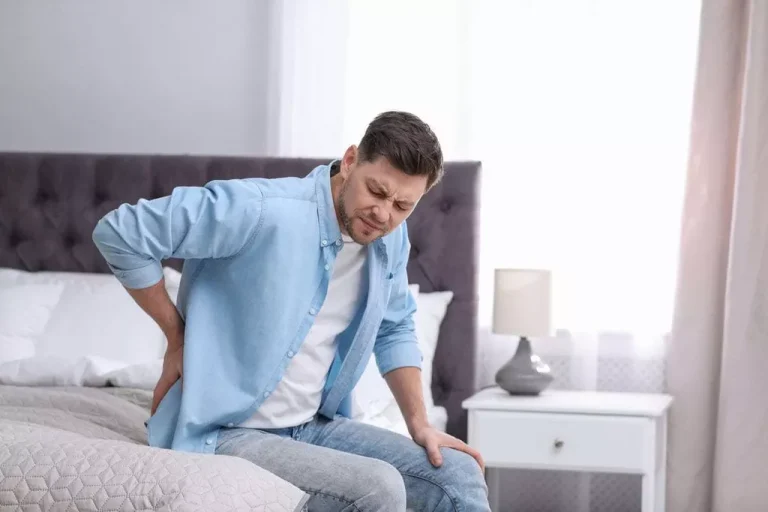
Short-acting benzodiazepines are much more likely to cause rebound symptoms. In fact, if you take your medication every other day, you may notice rebound symptoms on the day between doses. For example, doctors may recommend flumazenil (Romazicon) to help with severe withdrawal symptoms and other drugs, such as buspirone (BuSpar), to help people with severe anxiety symptoms. Research showed that 40% of people taking benzos for longer than 6 months experienced moderate-to-severe withdrawal symptoms. It is important to note that anxiety is a normal and necessary response to stress.
Days 15-28 and Beyond:

It’s incredibly important to follow your doctor’s guidance when you stop taking benzodiazepines. If you stop taking them “cold turkey,” or all at once, you may experience severe, even life threatening, withdrawal symptoms. It Sober living home can sometimes be challenging to differentiate between withdrawal symptoms and the original anxiety.
Difficult tapers
But when you start removing benzodiazepines from your system, suddenly your clogged neurons become an open freeway with no traffic lanes. All those extra chemicals flood your brain, and the excess activity causes symptoms like anxiety and sweating. If you’re predisposed to seizures, your risk of having a seizure may also increase during the withdrawal period. Consequently, experts recommend you take benzodiazepines for no more than 2 weeks if you use them daily.
- Thanks to an increased understanding of physiology and pharmacology, many benzos’ mechanisms of action are now well-understood.
- Before delving deeper into the signs of benzo withdrawal, it is essential to understand how benzodiazepines work and how withdrawal occurs.
- In my experience, hypnotherapy has not been helpful in long-term benzodiazepine users.
- Treatment for sedative use disorder usually starts with slowly lowering the benzo dose.
- In withdrawal you need a long-acting drug which can be reduced in very small steps.
Memory and Concentration Issues
The severity of withdrawal symptoms varies between people and depends on a variety of factors. emphasis added Slow withdrawal means tapering dosage gradually, usually over a period of some months for some more-sensitive patients whose body requires them to go slower, it can take some years. Understanding the timeline for benzo withdrawal can help in navigating the path to recovery from dependency. The start and length of withdrawal symptoms depend on whether the benzo is short-acting or long-acting.

In the serene suburbs of Chattanooga, TN, Iris Wellness Group is a haven for those fighting benzo addiction. Our benzo addiction treatment center offer a nurturing environment conducive to recovery. Withdrawal from shorter-acting Benzos tends to cause more intense and severe symptoms.
Recovery and Healing After Benzodiazepine Withdrawal
It is also unknown to what extent the risk of physiological dependence is dependent upon a minimum duration of exposure or dosage of these drugs. Withdrawal phenomena appear to be more severe following withdrawal from high doses or short-acting benzodiazepines. There is absolutely no doubt that anyone withdrawing from long-term benzodiazepines must reduce the dosage slowly. Slow withdrawal means tapering dosage gradually, usually over a period of some months. The aim is to obtain a smooth, steady and slow decline in blood and tissue concentrations https://ecosoberhouse.com/ of benzodiazepines so that the natural systems in the brain can recover their normal state.

The Timeline of Benzodiazepine Withdrawal
As mentioned before, almost anyone who really wants to come off can come off benzodiazepines. If you or benzodiazepine withdrawal syndrome someone you care about may be struggling with addiction, American Addiction Centers (AAC) can help. AAC is a leading provider of evidence-based addiction treatment throughout the U.S.

- Benzodiazepines, also known as “benzos,” are a class of central nervous system depressants typically prescribed by healthcare providers for anxiety, sleep disorders, depression, and seizures.
- Benzodiazepine Tapering Strategies and Solutions provides an overview of safer tapers.
- At first the withdrawal was a process of mutual trial (and sometimes error), but through this experience some general principles of withdrawal – what works best for most people – emerged.
- Benzodiazepines are a class of psychoactive drugs that are commonly prescribed to treat a variety of conditions, including anxiety, insomnia, seizures, and muscle spasms.
- Using these drugs concurrently is also incredibly dangerous, which is why you should seek professional clinical care as soon as possible.
However, the severity and duration of these symptoms may vary from person to person. While there is no FDA-approved medication to treat benzodiazepine withdrawal, your doctor may also prescribe other medications to help you manage withdrawal symptoms. The medication Romazicon (flumazenil) is sometimes used off-label for withdrawal symptoms.
This phenomenon has also been reported to occur in some people discontinuing other medications like opiates or SSRIs. When you are physically dependent on a drug, it means your body can’t operate normally without it. If you stop or reduce your dose suddenly, you will experience withdrawal symptoms. If you were using benzodiazepines for psychiatric reasons, it’s vital to create a new plan to manage your mental health. This usually means combining therapy and different medications to make sure you continue getting the support and care you need.
